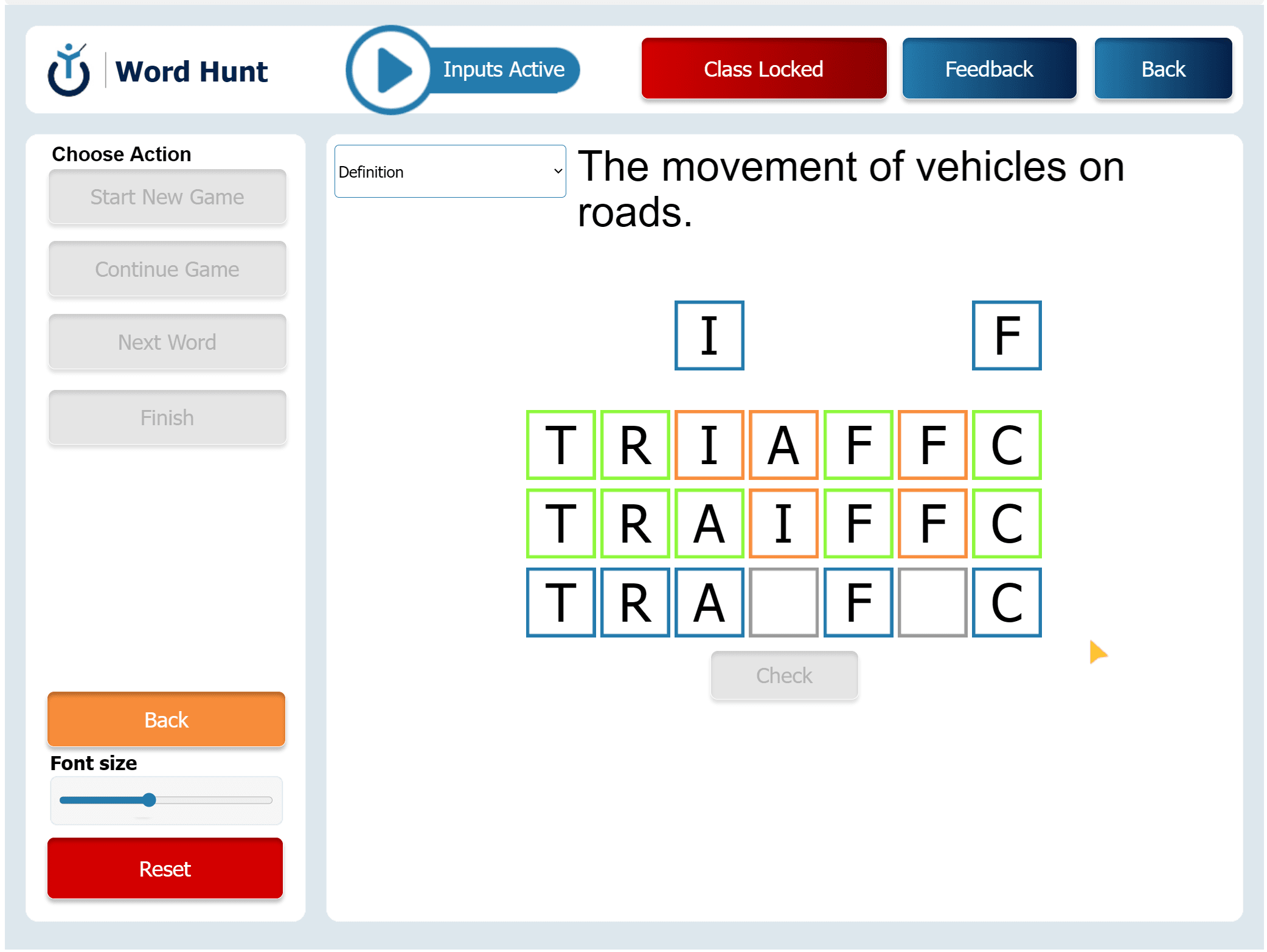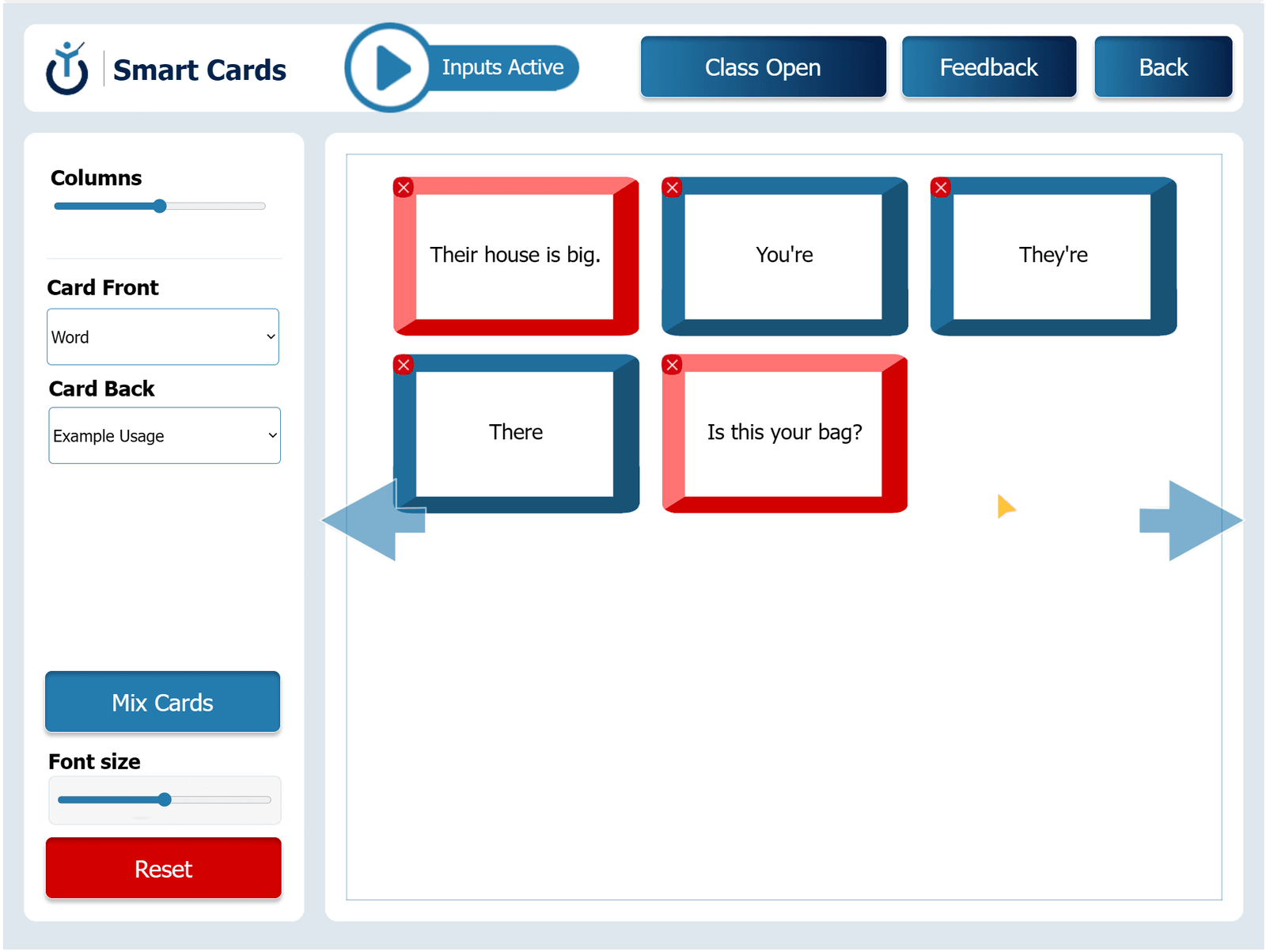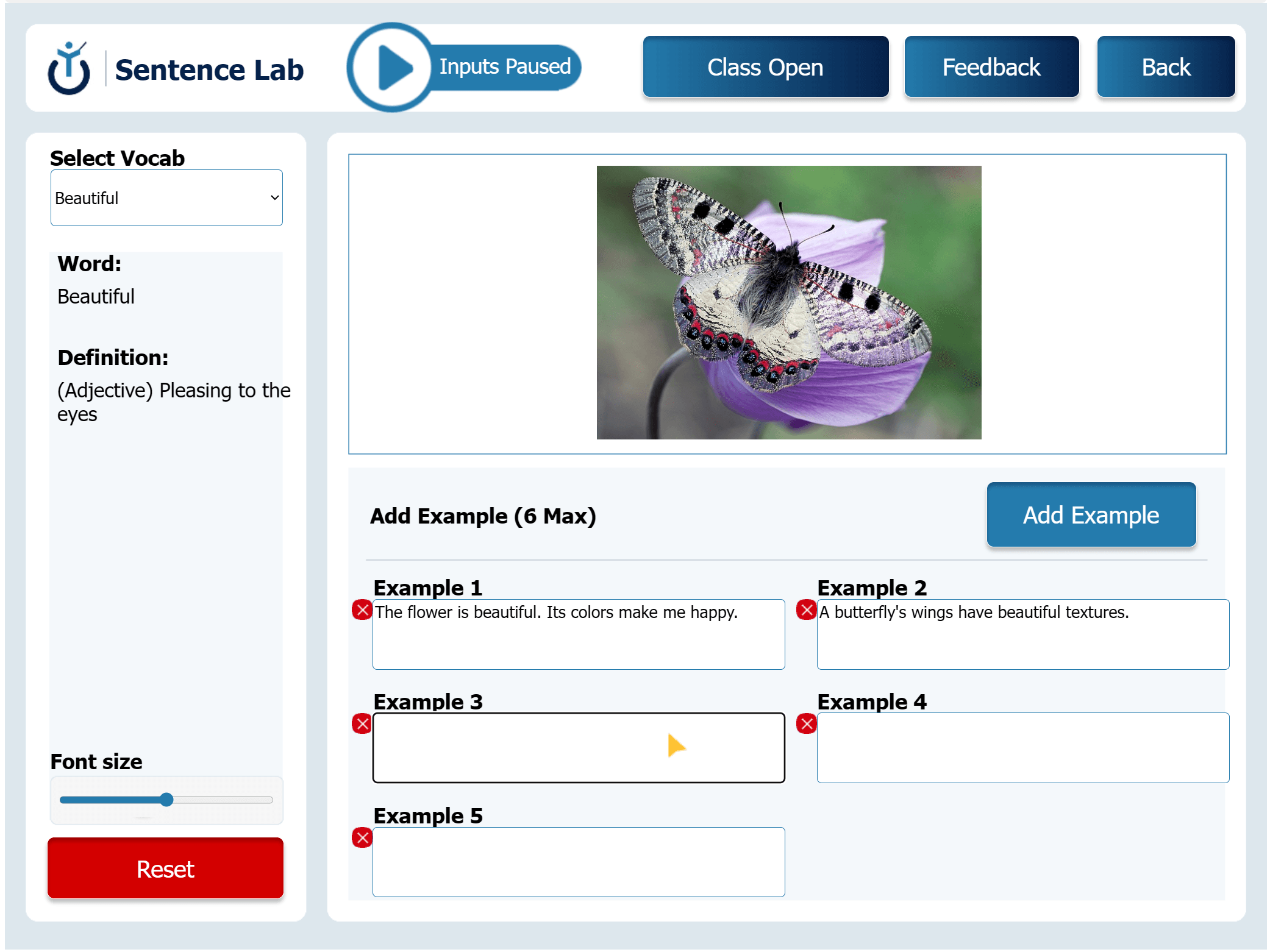Sentence Mapper helps students understand grammar, meaning, and structure by moving sentences into different categories. The teacher loads a paragraph or a list of sentences. Students then drag each sentence into the right box based on what it shows. Categories might include things like verb tense, feeling, or topic. This helps students practice how grammar and meaning work together in real examples.
Tense Sort
Objective: Practice telling the difference between present and past tense.
Instructions: Students read each sentence and drag it into “Present Tense” or “Past Tense.” They look for time words like “today” or “yesterday” to help them.
Follow-up: After sorting, the teacher asks students to change a few sentences from past to present or the other way around.
Theme Organizer
Objective: Find the topic or theme of each sentence.
Instructions: The teacher creates categories like “Daily Routine,” “Work Tasks,” or “Free Time.” Students read the sentences and sort them based on what they are about.
Follow-up: Students explain their choices. The teacher asks questions to check if each sentence fits the theme well.
Feeling Finder
Objective: Understand the tone or feeling of different sentences.
Instructions: Categories could include “Positive,” “Negative,” or “Neutral.” Students drag each sentence into the right column based on the feeling it gives.
Follow-up: Students explain how they knew the feeling. Discuss how different word choices can change the tone.
Question or Statement?
Objective: Identify sentence types based on structure.
Instructions: Students sort the sentences into “Questions” and “Statements.” The teacher reminds them to look for question words or question marks.
Follow-up: Ask students to rewrite a few statements as questions, or turn questions into full answers.
Complete or Incomplete?
Objective: Practice checking sentence structure.
Instructions: The teacher adds some complete sentences and some fragments (missing subject or verb). Students drag them into “Complete” or “Incomplete.”
Follow-up: Students work together to fix any incomplete sentences so they become full ideas.







